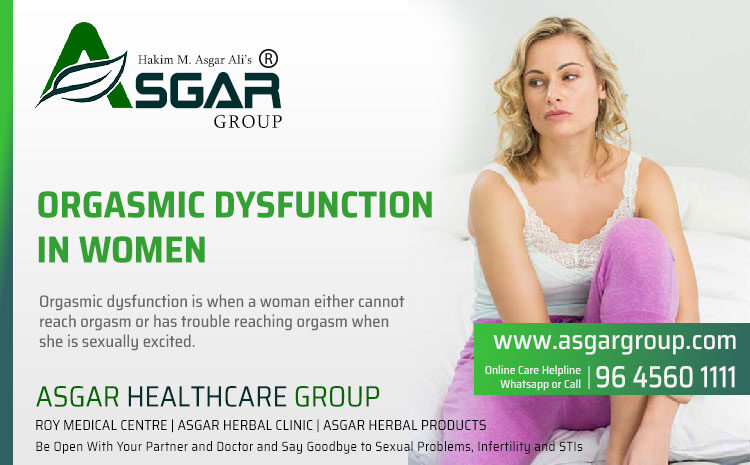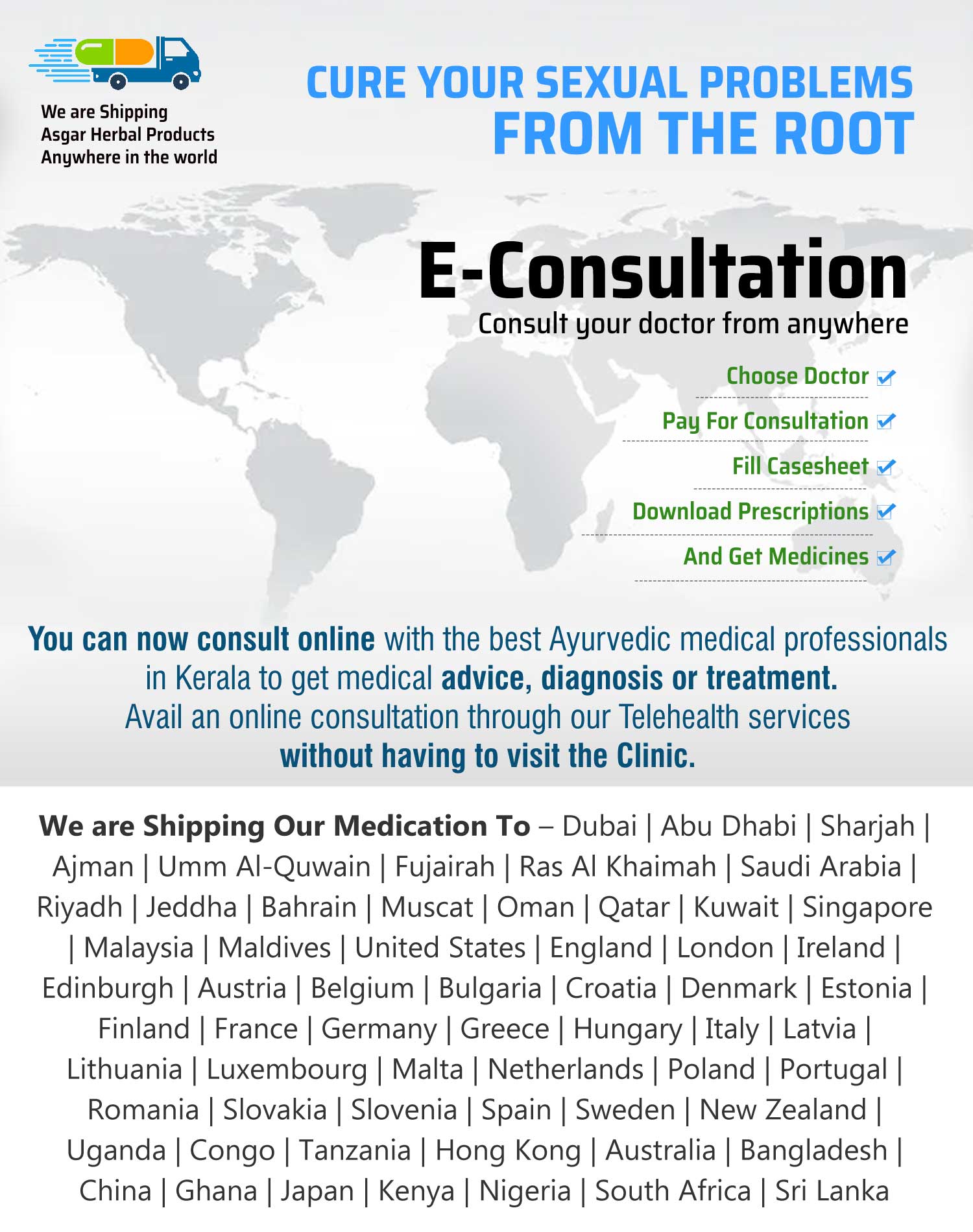
Orgasmic dysfunction is when a woman either cannot reach orgasm or has trouble reaching orgasm when she is sexually excited. When sex is not enjoyable, it can become a chore instead of a satisfying intimate experience for both partners. Sexual desire may decline and sex may occur less often. This can create resentment and conflict in the relationship.
Types of Orgasmic Dysfunction
Primary anorgasmia: A condition in which you’ve never had an orgasm.
Secondary anorgasmia: Difficulty reaching orgasm, even though you’ve had one before.
Situational anorgasmia: The most common type of orgasmic dysfunction. It occurs when you can only orgasm during specific situations, such as during oral sex or masturbation.
General anorgasmia: An inability to achieve orgasm under any circumstances, even when you’re highly aroused and sexual stimulation is sufficient.
Secondary anorgasmia: Difficulty reaching orgasm, even though you’ve had one before.
Situational anorgasmia: The most common type of orgasmic dysfunction. It occurs when you can only orgasm during specific situations, such as during oral sex or masturbation.
General anorgasmia: An inability to achieve orgasm under any circumstances, even when you’re highly aroused and sexual stimulation is sufficient.
Causes
• Lovemaking that consistently ends before the woman is aroused enough (as when the man ejaculates too soon)
• Insufficient foreplay
• In one or both partners, lack of understanding about how their genital organs function
• Poor communication about sex (for example, about what sort of stimulation a person enjoys)
• Problems in the relationship, such as unresolved conflicts and lack of trust
• Anxiety about sexual performance
• Fear of letting go, being vulnerable, and not being in control (possibly as part of a fear of not being in control of all aspects of their life or as part of a general tendency to keep emotions in check)
• A physically or emotionally traumatic experience, such as sexual abuse
• Psychologic disorders (such as stress or depression)
Physical disorders can also contribute to orgasmic disorder. They include nerve damage (as results from diabetes, spinal cord injuries, or multiple sclerosis) and abnormalities in genital organs.
Also, women over 45 years of age are more likely to have trouble orgasming than women under this age. This may be due to menopause-related hormonal shifts and vaginal changes.
• Insufficient foreplay
• In one or both partners, lack of understanding about how their genital organs function
• Poor communication about sex (for example, about what sort of stimulation a person enjoys)
• Problems in the relationship, such as unresolved conflicts and lack of trust
• Anxiety about sexual performance
• Fear of letting go, being vulnerable, and not being in control (possibly as part of a fear of not being in control of all aspects of their life or as part of a general tendency to keep emotions in check)
• A physically or emotionally traumatic experience, such as sexual abuse
• Psychologic disorders (such as stress or depression)
Physical disorders can also contribute to orgasmic disorder. They include nerve damage (as results from diabetes, spinal cord injuries, or multiple sclerosis) and abnormalities in genital organs.
Also, women over 45 years of age are more likely to have trouble orgasming than women under this age. This may be due to menopause-related hormonal shifts and vaginal changes.
Symptoms
Orgasmic dysfunction is when someone has difficulty or the inability to reach an orgasm. For some people, reaching a climax can take longer than normal or be unsatisfying.
The way an orgasm feels or how long it takes to have an orgasm can vary widely. When someone has orgasmic dysfunction, climax can take a long time to reach, be unsatisfying, or be unattainable.
The way an orgasm feels or how long it takes to have an orgasm can vary widely. When someone has orgasmic dysfunction, climax can take a long time to reach, be unsatisfying, or be unattainable.
Treatment
Doctors may encourage women to learn what type of touch is pleasurable and arousing by trying self-stimulation. Other techniques that may help include relaxation techniques and sensate focus exercises. In sensate focus exercises, partners take turns touching each other in pleasurable ways.
Treatment for orgasmic dysfunction varies. A doctor may recommend treating any other conditions or adjusting any medications that may contribute to sexual health problems. In many cases, a doctor may recommend a person who has orgasmic dysfunction try couples counseling.
Treatment for orgasmic dysfunction varies. A doctor may recommend treating any other conditions or adjusting any medications that may contribute to sexual health problems. In many cases, a doctor may recommend a person who has orgasmic dysfunction try couples counseling.
Summary
Orgasmic dysfunction is the medical name for the inability to reach orgasm. Some people may experience orgasmic dysfunction when it takes too long to reach orgasm or when their orgasm does not feel satisfying.
Many factors can contribute to orgasmic dysfunction. To remedy orgasmic dysfunction, a person can speak to a doctor.
Many factors can contribute to orgasmic dysfunction. To remedy orgasmic dysfunction, a person can speak to a doctor.











